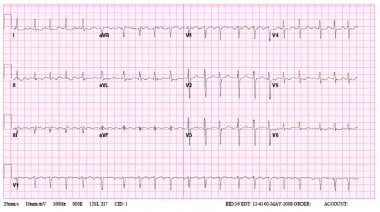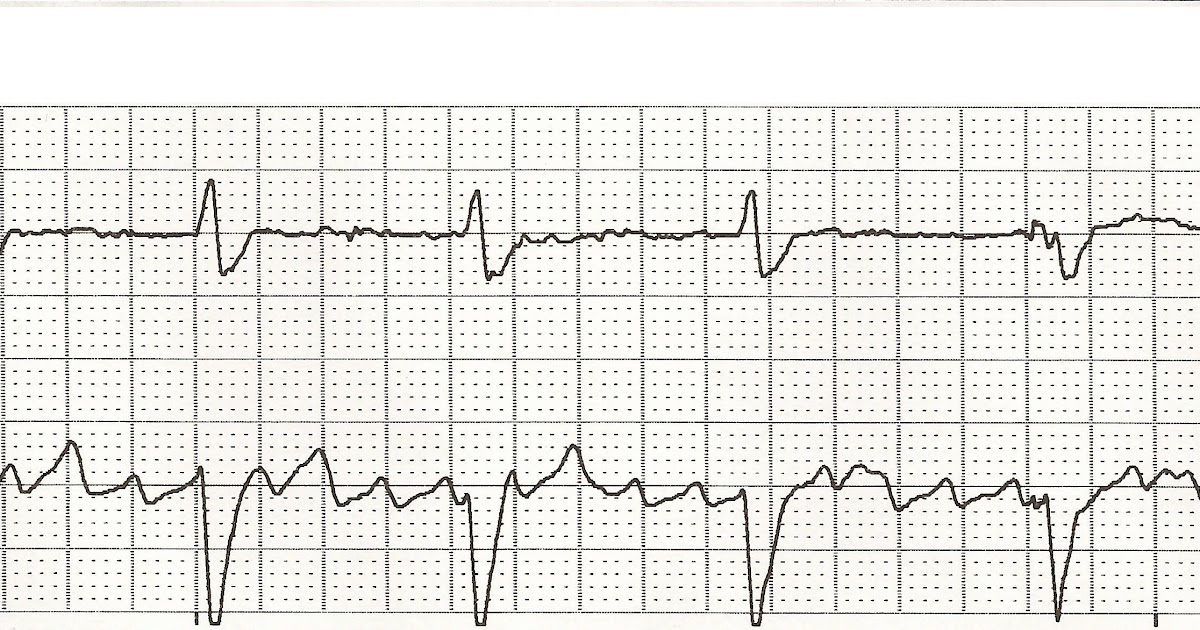

You may be prescribed medications to control how fast your heart beats and restore it to a normal rate, like digoxin, beta blockers, and calcium channel blockers. Even with medications, there is a chance of another episode of atrial fibrillation. These medications may be needed indefinitely. Rarely, they may cause ventricular arrhythmias - life-threatening rhythm disturbances originating in the heart’s lower chambers. Although these drugs may help maintain a normal heart rhythm, they can cause side effects, including nausea, dizziness, and fatigue. Medications may include dofetilide, flecainide, propafenone, amiodarone, and sotalol. After electrical cardioversion, your doctor may prescribe anti-arrhythmic medications to help prevent future episodes of atrial fibrillation. If your episode of atrial fibrillation lasted more than 48 hours, you may need to take this type of medication for at least a month after the procedure to prevent blood clots in the heart. Before cardioversion, you may be given warfarin or another blood-thinning medication for several weeks to reduce the risk of blood clots and strokes. Cardioversion can be done in two ways: electrical cardioversion and cardioversion with drugs. To correct your condition, doctors may be able to reset your heart to its regular rhythm (sinus rhythm) using a procedure called cardioversion, depending on the underlying cause of atrial fibrillation and how long you’ve had it. Ideally, to treat atrial fibrillation, the heart rate and rhythm are reset to normal. Generally, the treatment goals for atrial fibrillation are to reset the rhythm or control the rate and prevent blood clots. Note: We do not guarantee that all questions will be answered.The atrial fibrillation treatment that is most appropriate for you will depend on how long you’ve had atrial fibrillation, how bothersome your symptoms are and the underlying cause of your atrial fibrillation. Need expert advice? Email your questions for consideration in the Revenue Cycle Daily Advisor. Be sure to review all documentation specific to your own individual scenario before determining appropriate code assignment. This answer was provided based on limited information. 02584ZZ, Destruction of conduction mechanism, percutaneous endoscopic approachĮditor’s note: Shannon McCall, RHIA, CCS, CCS-P, CPC, CEMC, CRC, CCDS, CCDS-O, HCS-D, director of HIM and coding for HCPro in Middleton, Massachusetts, answered this question.

02583ZZ, Destruction of conduction mechanism, percutaneous approach.02580ZZ, Destruction of conduction mechanism, open approach.This procedure can be reported with the following ICD-10-PCS codes: The ablation procedure is directed at the pathway for electrical impulses rather the muscular wall of the heart itself. However, according to Coding Clinic, Third Quarter 2016, the body part being treated is actually the atrioventricular node, which is assigned to body part character 8: conduction mechanism. When ablation procedures are performed to treat AF, it would seem like the body part value would be the atrium (right or left). In ICD-10-PCS, ablation procedures for treatment of AF are assigned to the root operation Destruction (the physical eradication of all or a portion of a body part by the direct use of energy, force, or a destructive agent). How should we report this in ICD-10-PCS?Ī: An ablation is a common form of treatment for AF. Q: We have a patient who was admitted for an ablation procedure in order to treat his atrial fibrillation (AF).


 0 kommentar(er)
0 kommentar(er)
